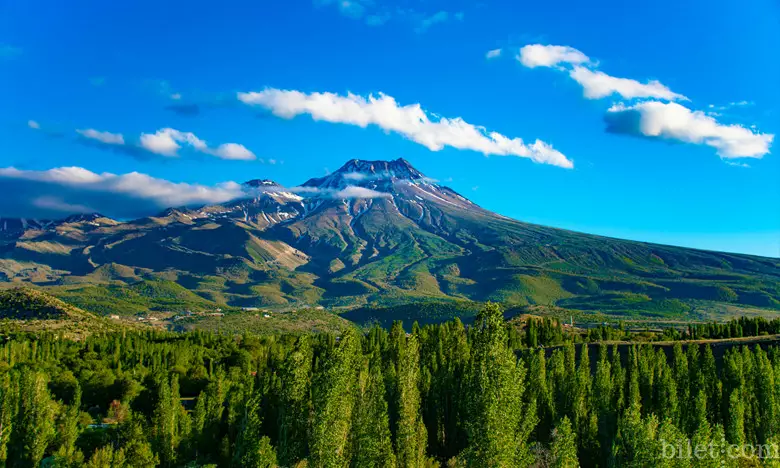Aksaray is a dazzling city with its historical and cultural riches in the history-scented lands of Turkey. Reaching out to the deep roots of Anatolia, Aksaray resembles an open-air museum with its unique atmosphere, historical texture and natural beauties. Aksaray attracts attention with its castle, museum, mosque and original architecture, which bear the traces of many civilizations throughout history. Surrounded by natural beauties such as Sultan Marshes, the city has an atmosphere that fascinates everyone, from bird watchers to history enthusiasts. In this magical city, past and future, nature and culture are intertwined, and every corner tells a story. For these reasons, Aksaray is a treasure waiting to be discovered. Now, are you ready to travel to the historical texture of Aksaray?
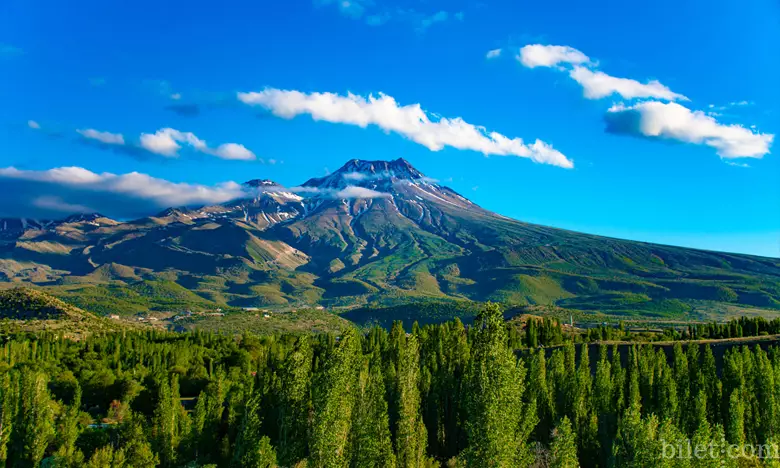
List of Places to Visit in Aksaray
Aksaray is a province located in the Central Anatolia Region of Turkey. It is an important tourism center with its historical and natural beauties. Places to visit in Aksaray include:
Ihlara Valley
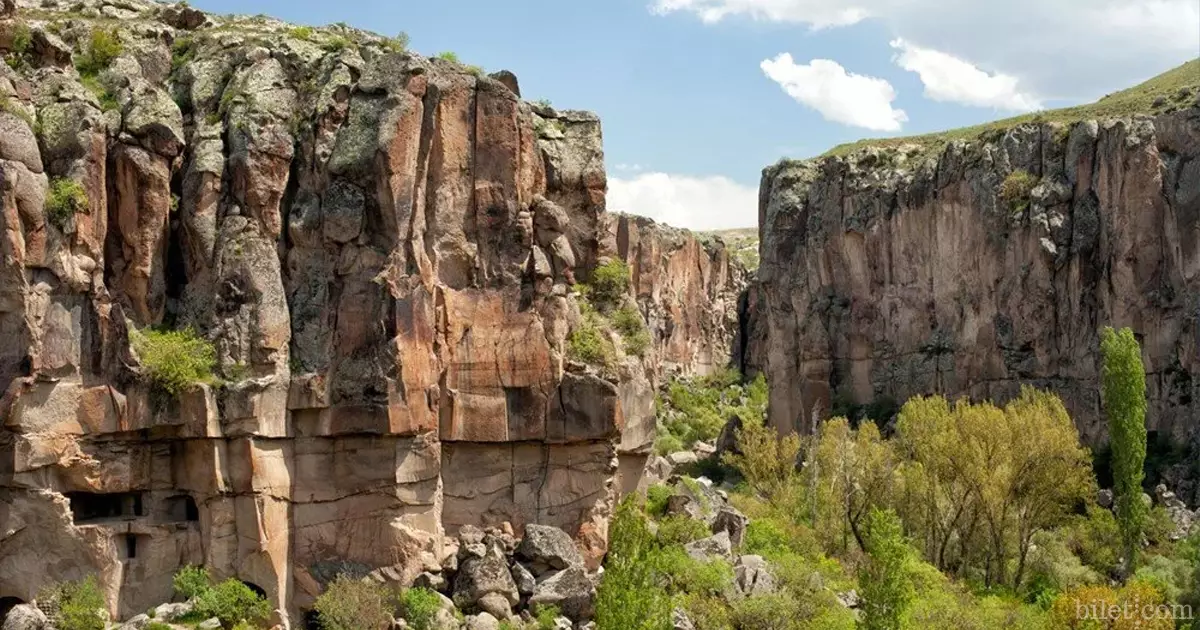
Hlara Valley is a part of Cappadocia, located in the Güzelyurt district of Aksaray. The valley is 14 kilometers long and 100 meters deep. There are many churches, monasteries and rock houses in the valley. The valley was an important religious center during the Byzantine period from the 6th century to the 13th century. Most of the churches in the valley were built during this period. There are frescoes and icons on the walls of the churches.
Nora Ancient City
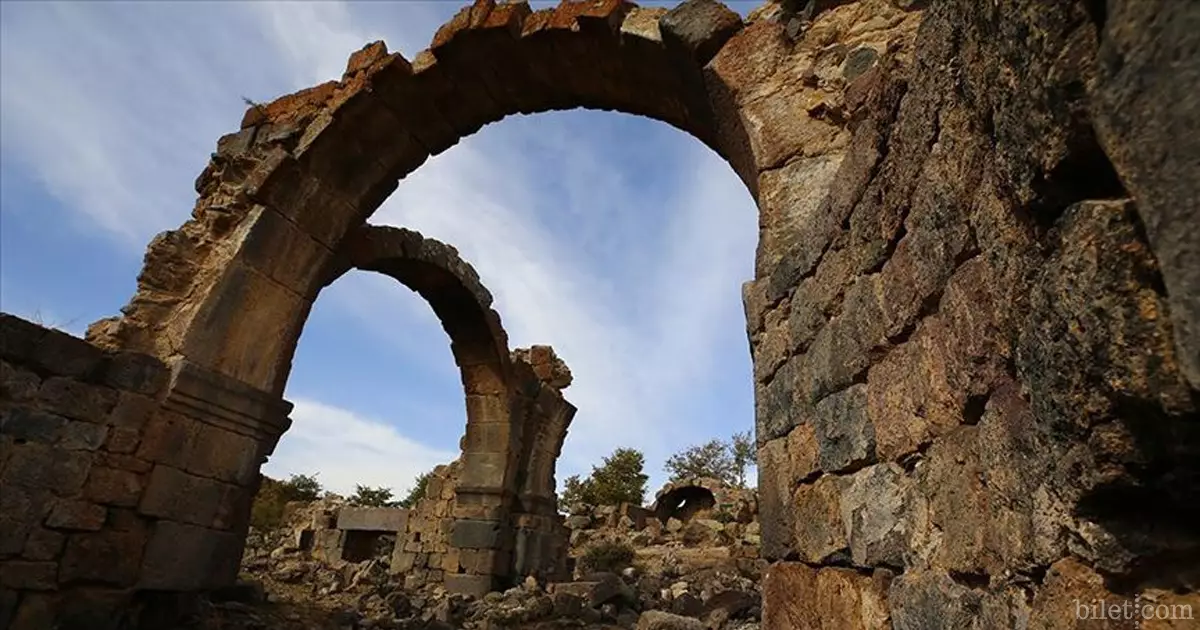
Nora Ancient City is one of the most important historical places of the Cappadocia region, located in the Helvadere district of Aksaray. The city was founded in the 2nd century BC and became an important trade center during the Byzantine period. Nora Ancient City is located on an area of 200 hectares, at the foot of Mount Hasand. There are many ruins of temples, theatres, baths and churches in the city.
Sultanhani Caravanserai
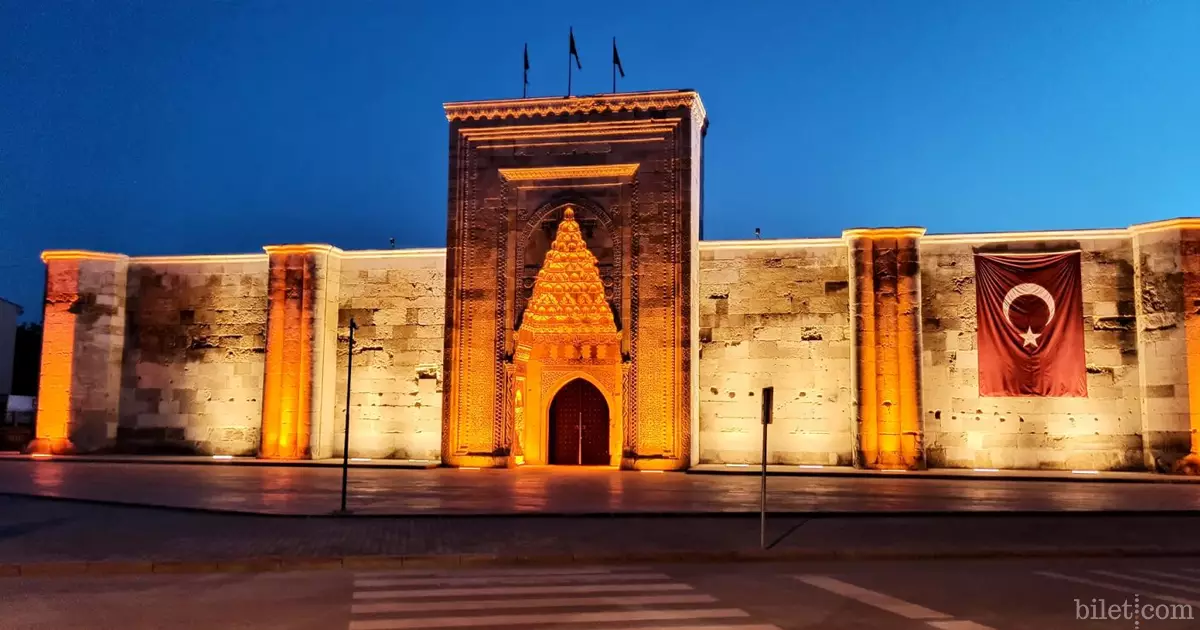
Sultanhanı Caravanserai is a caravanserai built in the 13th century by the Anatolian Seljuk State, located in the Sultanhanı district of Aksaray. The caravanserai is one of the largest and best preserved caravanserais in Anatolia. Sultanhanı Caravanserai was built by the Anatolian Seljuk Sultan Alaeddin Keykubad I in 1229. In 1278, Anatolian Seljuk Sultan II. It was expanded by Gıyaseddin Keyhüsrev.
Selime Cathedral and Fairy Chimneys
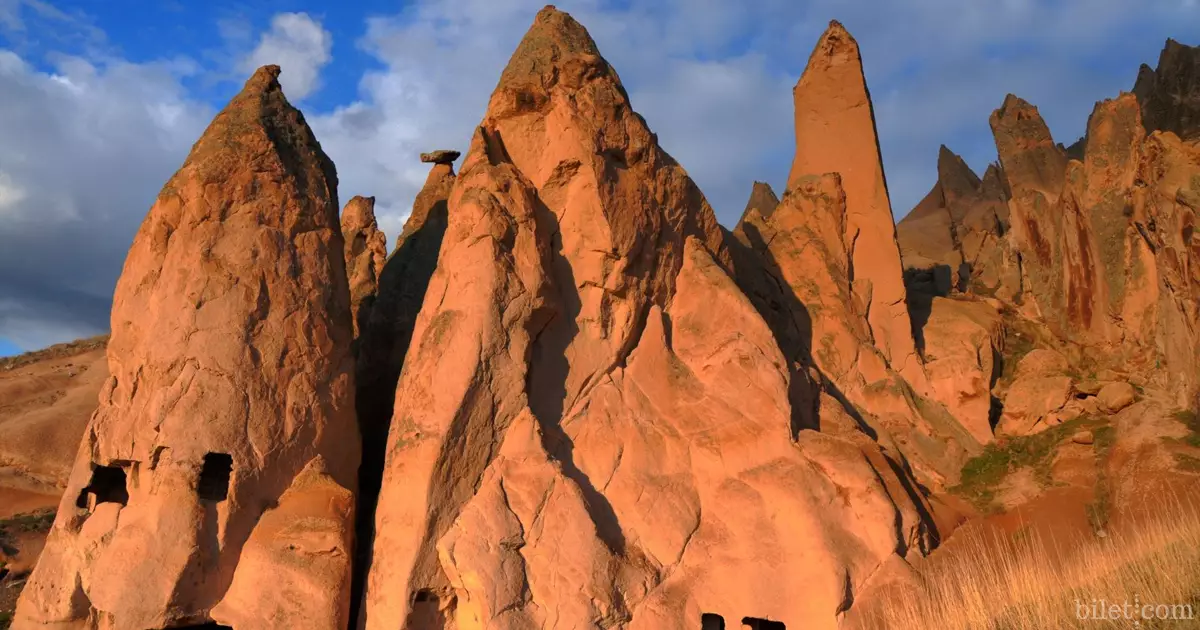
Selime Cathedral and Fairy Chimneys are one of the most important historical and natural beauties of the Cappadocia region, located in the Güzelyurt district of Aksaray. Selime Cathedral is the largest rock-carved cathedral in Cappadocia. The cathedral was built between the 8th and 11th centuries. The cathedral is one of the most important examples of Byzantine architecture.
Aksaray Museum
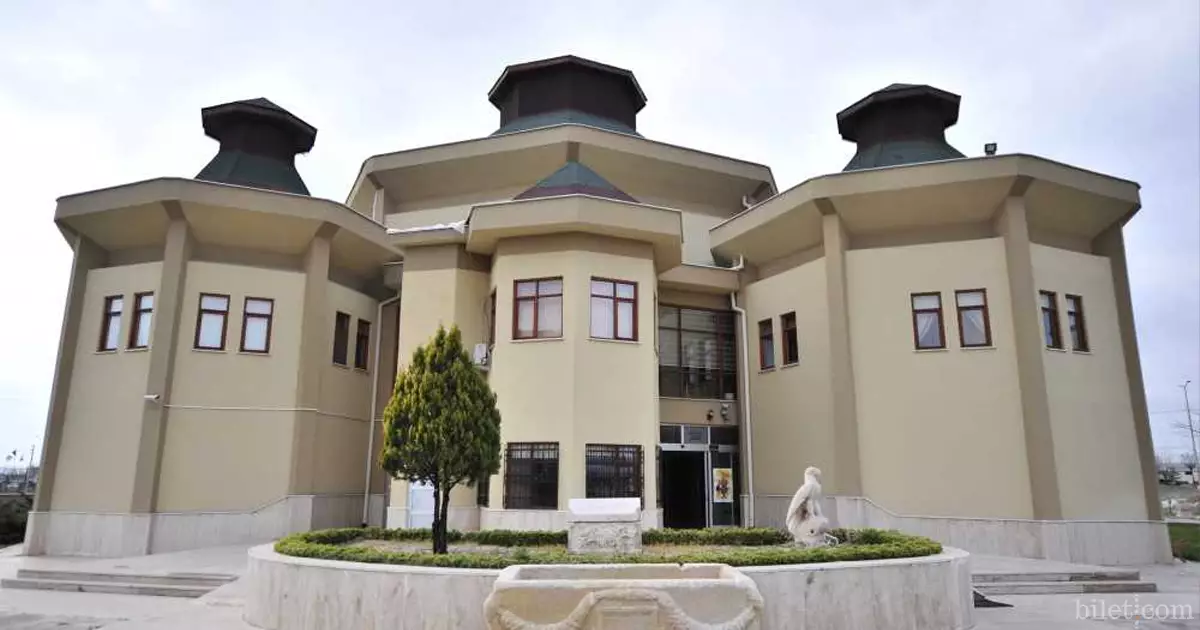
Aksaray Museum is a museum located in the center of Aksaray. The museum contains works that reflect the rich history and culture of the province. The museum started its museum activities in Zinciriye Madrasa in 1969. It moved to its new three-storey building on an octagonal plan, which was completed in 2006. It was put into service in 2013 with its new display arranged in chronological order.
Eğri Minaret
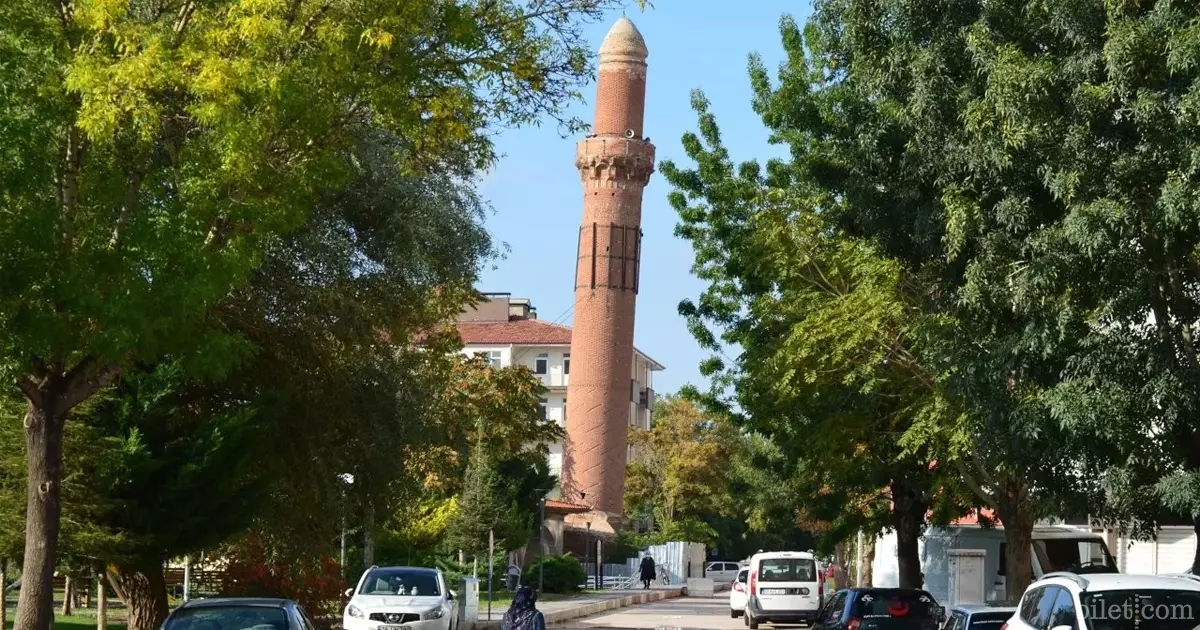
Eğri Minaret is one of the most important historical buildings of Aksaray. It was built between 1221 and 1237 during the reign of Alaeddin Keykubad I. It is also known as the Red Minaret because it is made of red brick. The minaret is 30.6 meters high and has a balcony of 92 steps. The body of the minaret is placed on a square base. The body is divided into two parts by a thin molding, the lower part is covered with zigzag, the upper part is covered with blue and green tile mosaics.
Narlıgöl
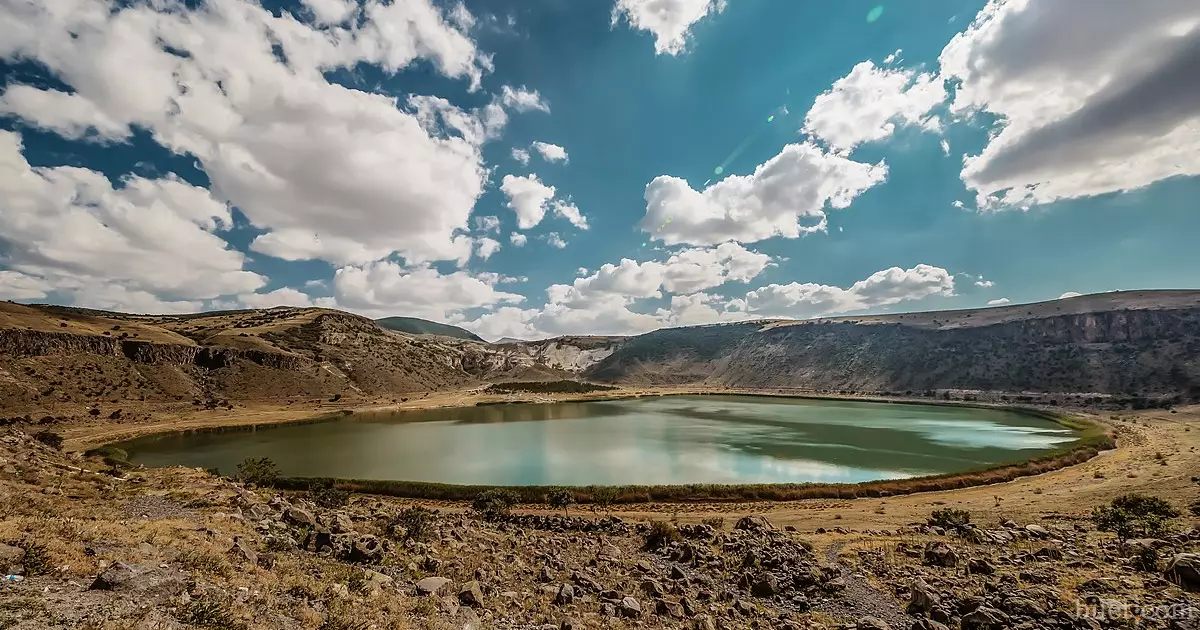
Narlıgöl is the only crater lake in the Cappadocia region, located in the Gülağaç district of Aksaray. Its height above sea level is 1,363 meters, its depth is 21 meters, and its area is 0.7 km². The lake, which is classified as Maar lake, is surrounded by hills and its waters are brackish. The lake was declared a Natural Protected Area by the decision of the Council of Ministers in 1973. The lake is also known for its thermal properties. The water of the lake is rich in calcium, sodium and bicarbonate. For this reason, it is said to be good for many diseases.
Acemhöyük
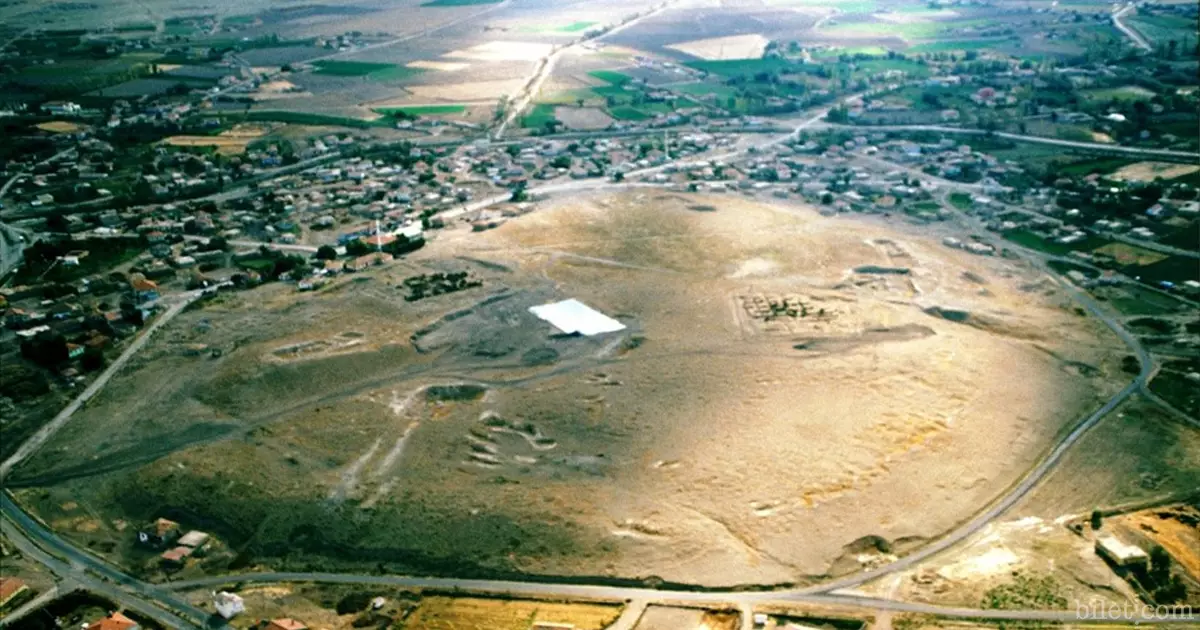
Acemhöyük is a mound located in the town of Yeşilova, 18 kilometers northwest of Aksaray city center. It is stated that the mound, which looks like a flat hill, is 800x700 meters in size, according to the pottery distribution.
The Early Bronze Age settlement is represented by trapezoidal planned structures consisting of adobe walls on stone foundations and compressed soil floors, and it is a village settlement. In the burial style of this settlement, it is seen that there are a few earth and jar burials within the settlement. The main cemetery is in the Aksaray direction of the mound.
Zinciriye Madrasa
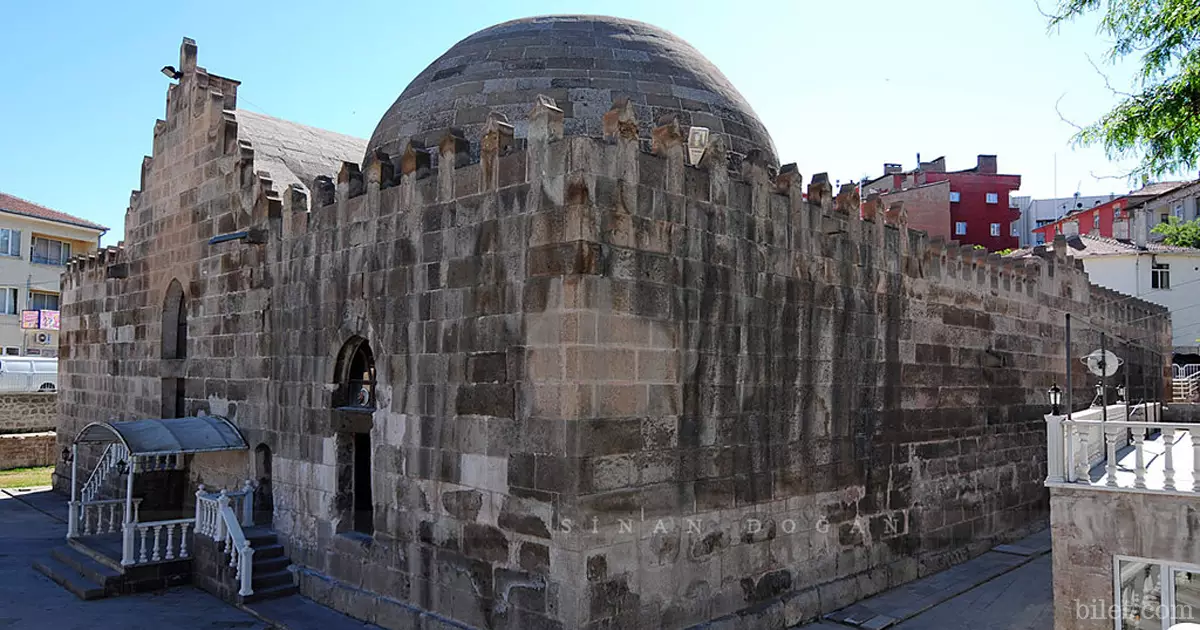
Zinciriye Madrasah is a madrasah located in the center of Aksaray. It was built by Yahşi Bey in 1336, during the Karamanoğulları Principality. The madrasa has a plan with four iwans and an open courtyard. The entrance gate of the madrasa is located on the eastern facade. The door has a low arch and is decorated with stalactites and altarpieces.
Church Mosque (St. Gregory Church)
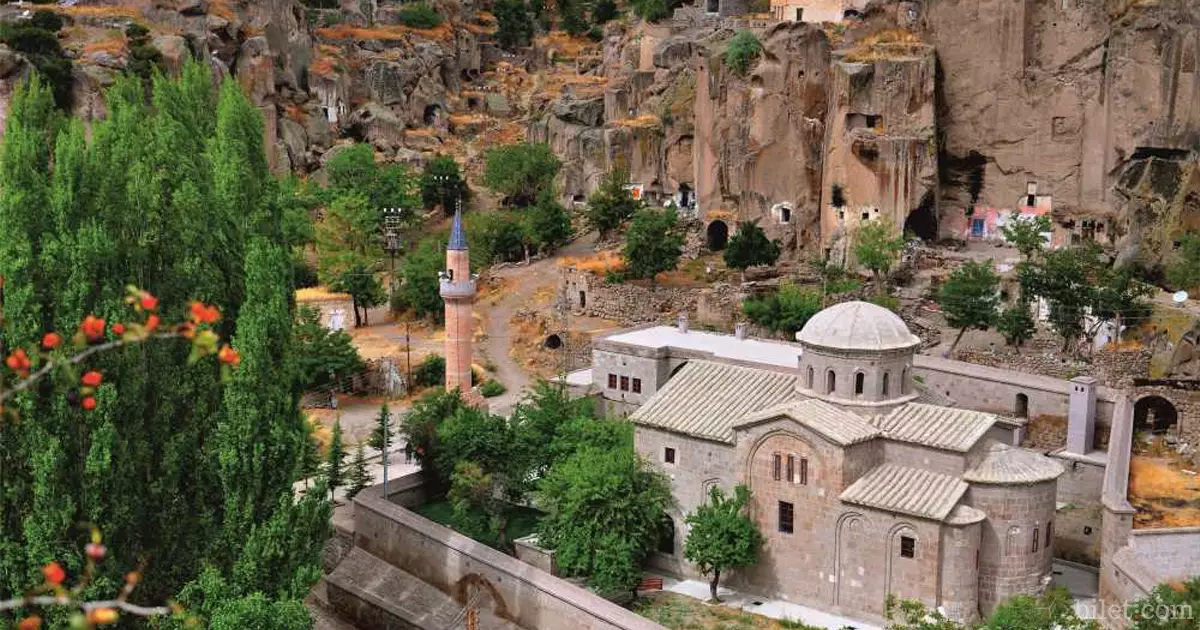
Church Mosque (St. Gregory Church) is a place of worship located in Güzelyurt district of Aksaray. It was built in 385 by Emperor Theodosius in the name of Nenezili religious scholar Saint Gregorius Theologos. Significant changes were later made to the closed cross planned structure. The most important changes occurred during the restoration in 1835. The building was transformed into a basilical plan with three naves.
Ziga Thermal Springs
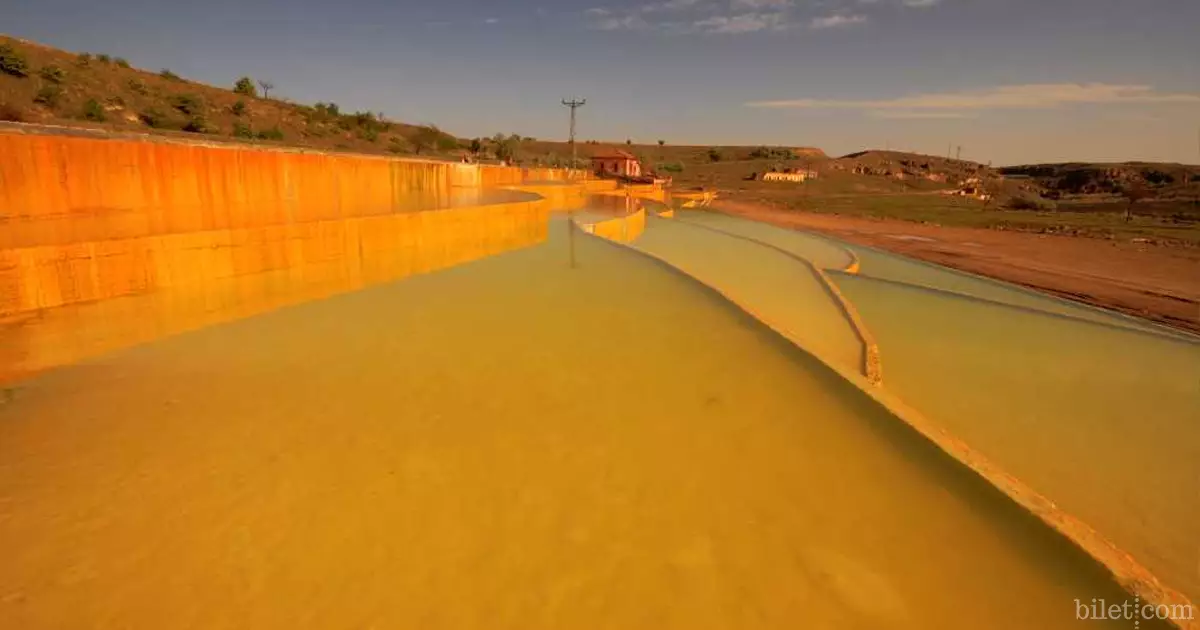
Ziga Thermal Springs is a thermal spring complex located in Güzelyurt district of Aksaray. Located close to Ihlara Valley, the thermal springs attract attention with their natural beauty and healing waters. The water of Ziga Thermal Springs has a temperature of 47 degrees. Water contains minerals such as calcium, sodium, chloride and bicarbonate. These minerals and hot spring water are said to be good for many diseases.
Asikli Höyük
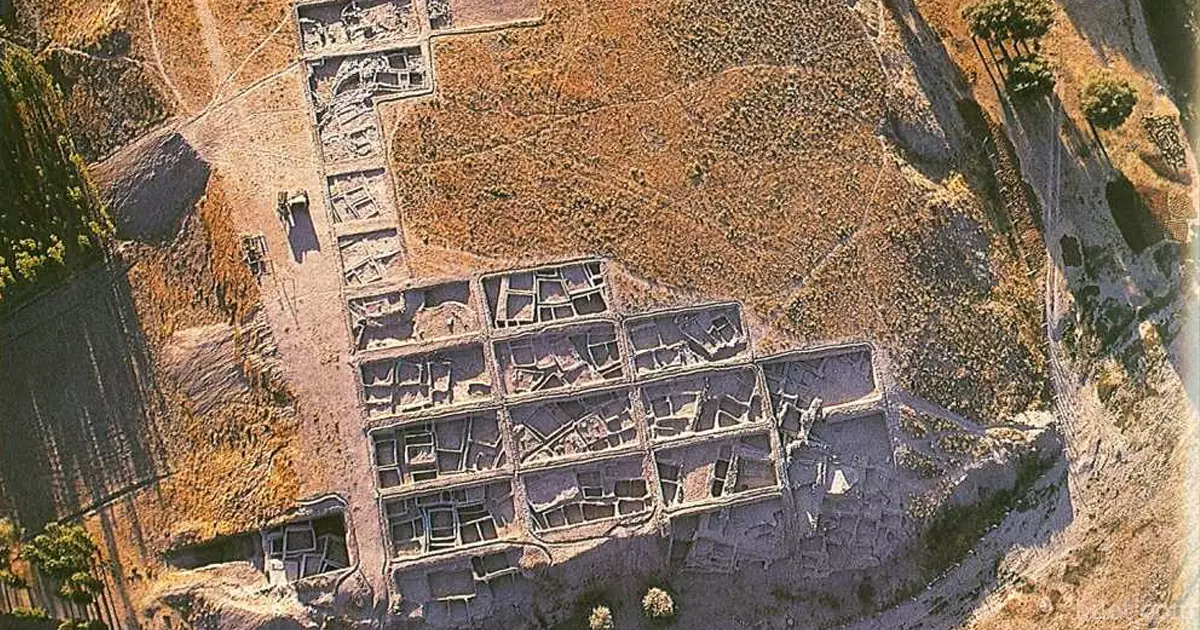
Aşıklı Höyük is an archaeological site located in Aksaray province. It is a mound settlement located in the Volcanic Cappadocia region of Central Anatolia. It is located on the edge of the Melendiz Stream in Kızılkaya Village, 25 km east of Aksaray city centre.
According to the results of radiocarbon samples, settlement in Aşıklı Höyük began in the 9th millennium BC and continued until the end of the 8th millennium BC. The settlement dates back to approximately 8200-7500 BC.
Salt Lake
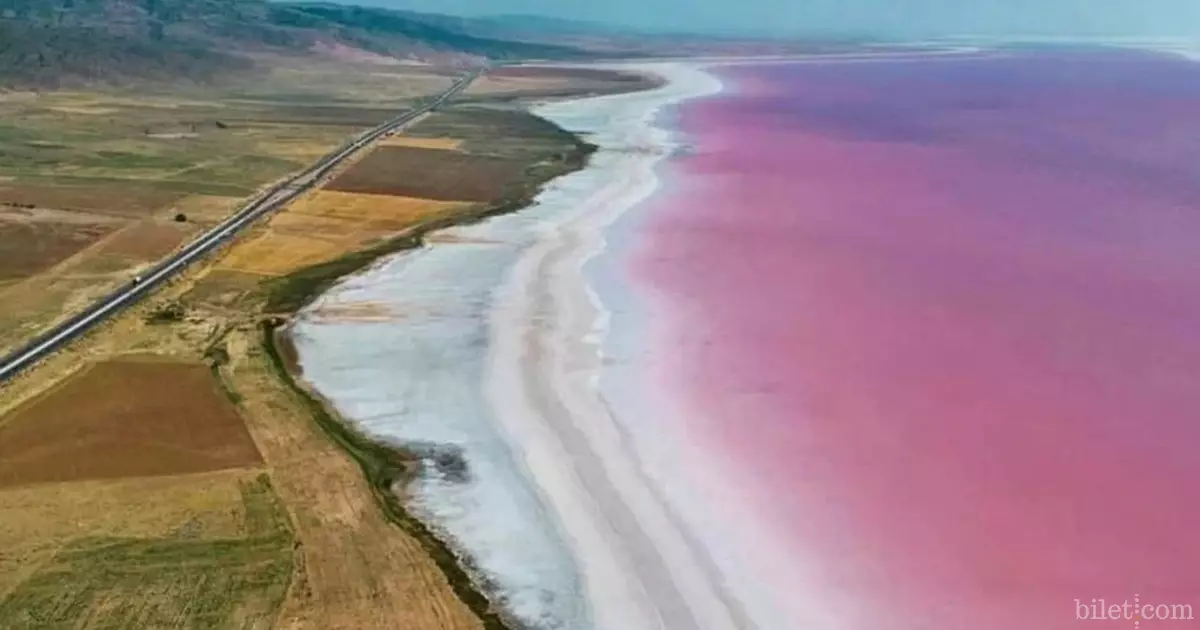
Salt Lake is a salt lake located at the intersection of the borders of Ankara, Konya and Aksaray provinces in the Central Anatolia Region of Turkey. Tuz Lake, Turkey's second largest lake after Lake Van, is at the deepest part of a large tectonic depression buried between the surrounding plateaus. This depression was formed by tectonic movements in the Neogene. The depression in which Tuz Lake is located is surrounded by faults from the east, west and south.
Yilanli Church
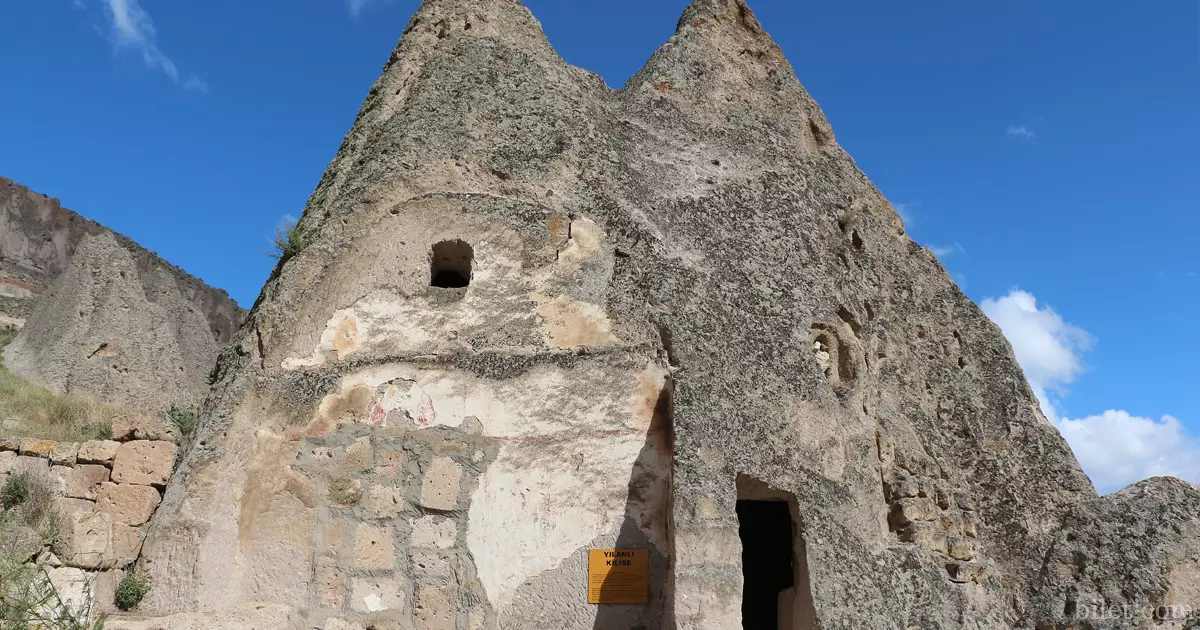
Yılanlı Church is a rock church dating back to the late 9th century, located in the Ihlara Valley of Aksaray. The church has a cross plan, barrel vault and a single apse. There are monks' tombs inside the chapel on the north wall. The church was given this name because of the scene on the west wall about four naked sinful women attacked by snakes.
Bezirhane
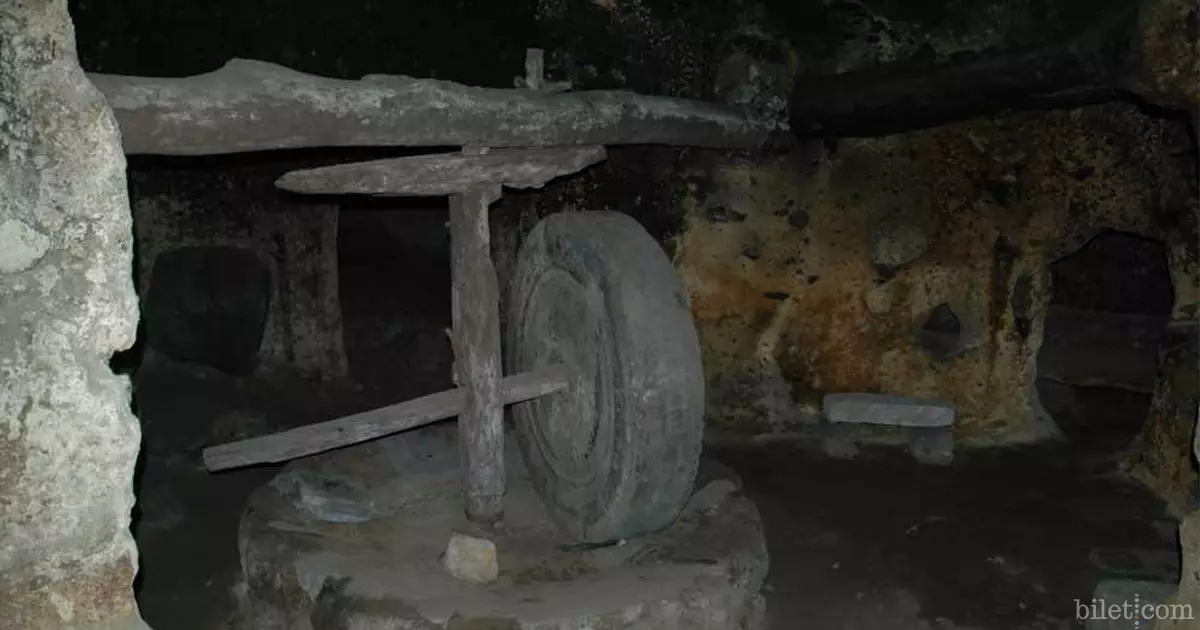
Right next to Ala Church in Aksaray's Ihlara Valley, there is a linseed oil mill carved into the rocks. 12-13. This building, dating back to the 19th century BC, has a single-nave longitudinal rectangular plan. The entrance to the linseed mill is through an arched door.
Inside the linseed mill, there is a linseed oil pool organization made of wooden materials. Linseed oil is an oil obtained by crushing and processing a type of grass called Izgın. Linseed oil was used to illuminate the churches, rock-carved places and underground cities in the region.
Bell Church
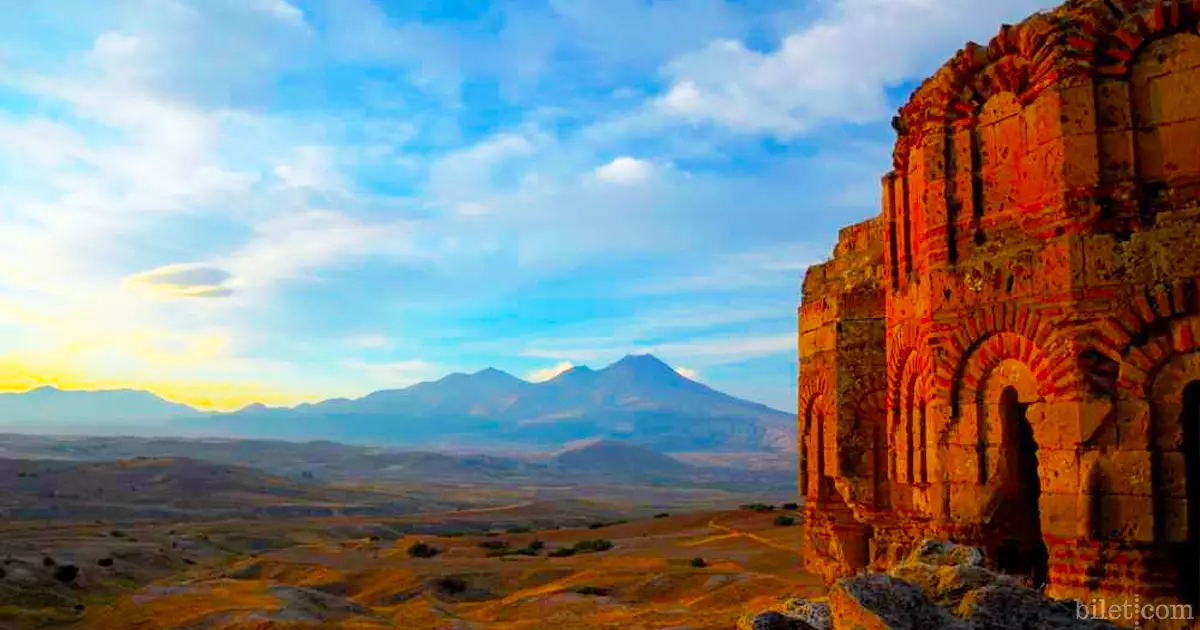
Çanlı Church, located in Aksaray's Ihlara Valley, was built in the 10th century during the Byzantine period. The church, which was carved into rocks, has a single nave, barrel vault and a single apse. The entrance to the church is through an arched door. The interior of the church, Hz. It is decorated with frescoes depicting Jesus and his Apostles. Some of the frescoes were destroyed as a result of excessive humidity. However, the remaining frescoes are considered among the important examples of Byzantine art.
Underground City of St. Mercurius
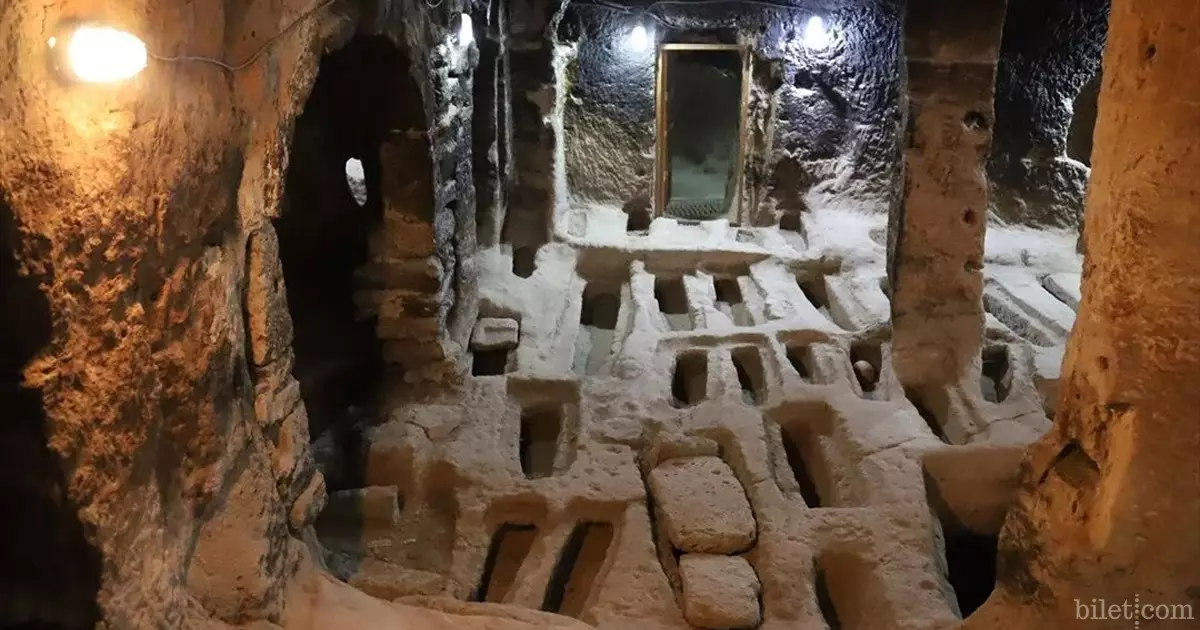
St. Mercurius Underground City, located in Saratlı town of Aksaray's Gülağaç district, has 7 floors and 40 vital areas. The underground city, whose three floors are open to visitors, was used as a shelter in the 250s AD, when Christianity was prohibited. The entrance to the underground city is from an inn dating back to the Seljuk period.
After the inn, entrance to the floors is made through the corridors and rooms. In the underground city, there are vital areas such as churches, mass graves, bolt stones, water wells, tandoors, dovecotes, stoves, cellars and warehouse roofs.
Güvercinkayası
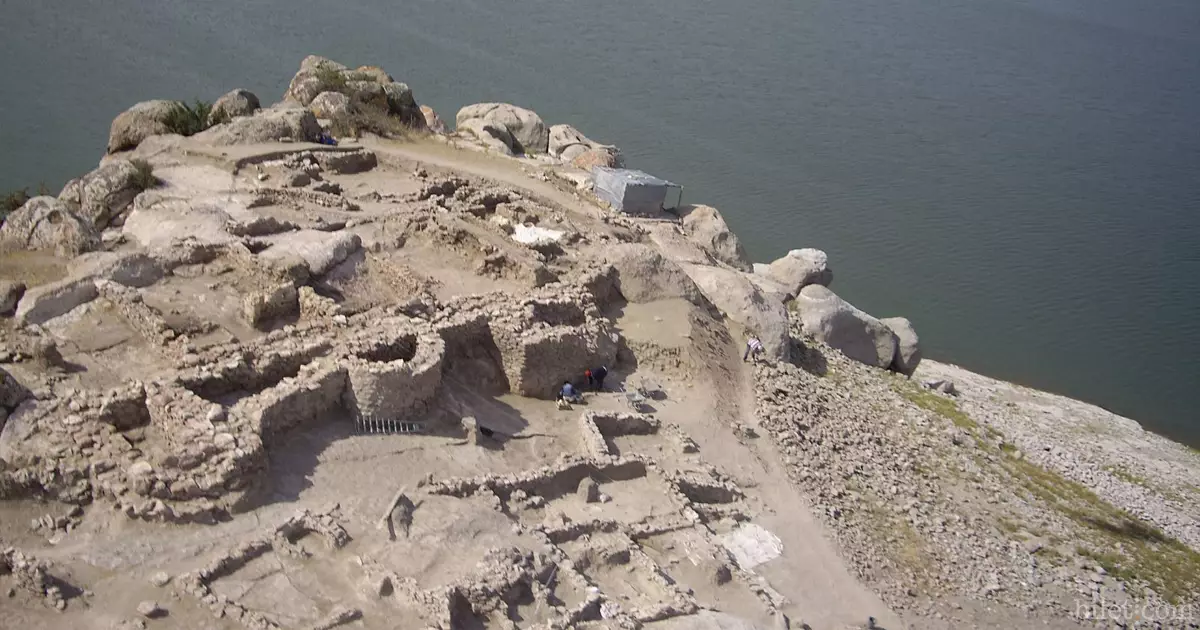
Güvercinkayası is one of the first known examples of the castle-city settlement model in the Central Anatolia Region. During the excavations, it was revealed that the settlement was divided into two: upper and lower settlements. In the lower settlement, structures such as houses, warehouses and warehouses were found. In the upper settlement, there are walls, watchtowers and a temple.
Cıncıklı Hacı Yusuf Mosque
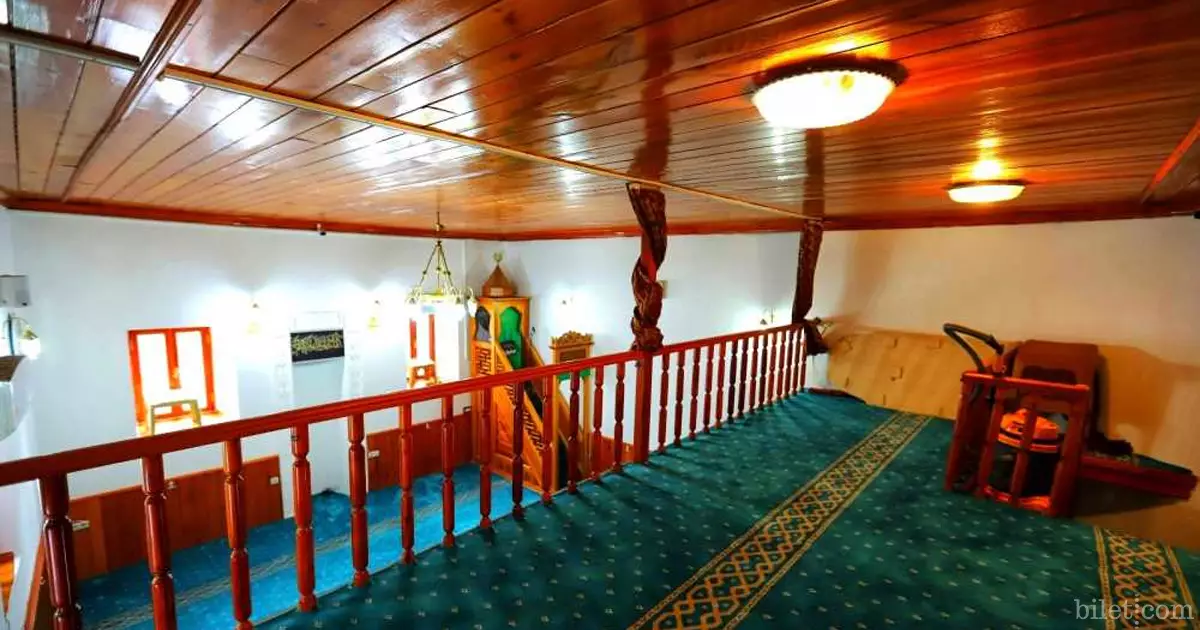
Cıncıklı Hacı Yusuf Mosque is a Seljuk period mosque located in the central district of Aksaray province. It is located in the city center, in the Taşpazar neighborhood, on the street of the same name. Mosque, 13-14. It was built in the centuries. The mosque, which has a single nave and a rectangular plan, was carved into rocks. The entrance to the mosque is provided through an arched door.
Aksaray Monastery Valley
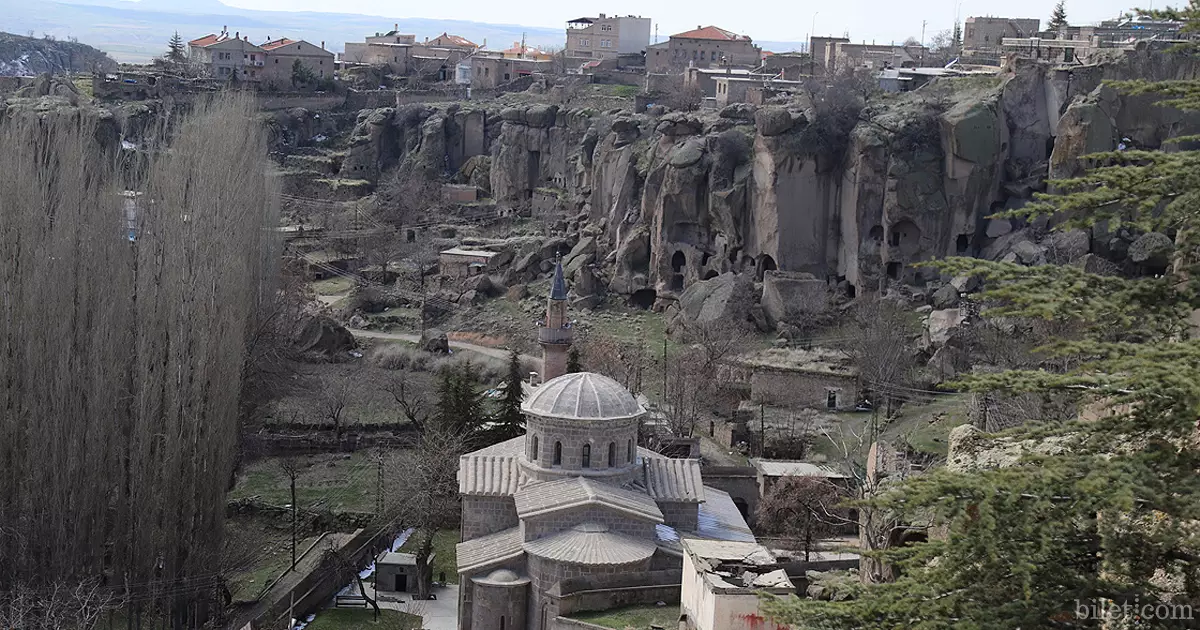
Aksaray Monastery Valley is a valley located in Güzelyurt district of Aksaray. The 4-5 km long valley looks like an open-air museum consisting of churches, chapels and underground cities carved into the rocks. Monastery Valley is famous for its churches and chapels from the Byzantine period. There are nearly 50 rock-carved churches and chapels in the valley. These structures are considered among the important examples of Byzantine art.
